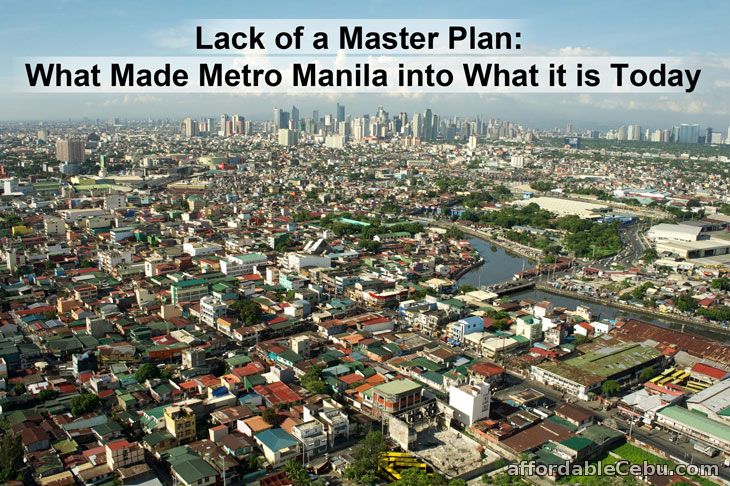True sustainability can only be achieved by simultaneously addressing and enhancing three factors: environmental, social and economic. It’s a fine balancing act which Metro Manila failed to achieve.
Metropolitan Manila or NCR is divided into six Districts with the City of Manila being the capital plus the fifteen cities and one municipality, Pateros, surrounding it.

Latest official figure (2007) from the National Statistics Office put the Philippine population at 88.57 million. With a total land area of 300,000 square kilometers (including inland waterways), that puts the Philippine population density at an average of 295 persons per square kilometer.
Metro Manila, on the other hand, has a population of 11,553,427 and occupies an area of 638 square kilometers, putting its population density at 18,100 persons per square kilometer. Don’t drop your jaw yet because the City of Manila, District I, with a population of 1.6 million has a density of 41,014 persons per square kilometer making it the most crowded city in the world.
Metro Manila comprises less that one-fourth of one% of the country’s total land area but contributes 33% to its GDP and is home to 13% of the national population
With the Philippines’ Gross Domestic Product of 1.42 trillion pesos for 2008, Metro Manila contributed 468.4 billion or 33%.
Metro Manila, a region that comprises just 0.21% of the country’s total land area is home to 13% of the national population and contributing 33% of the country’s economic output. Can you imagine the impact those 11.5 million souls have on the landscape and resources of a place that is less than one fourth of 1% of the country’s total land area?
Metro Manila’s relative affluence should not be taken as a positive sign considering what its inhabitants have to bear in terms of what its has become. Everyone, even those living and working in well-planned communities, are not exempt from living or at least experiencing urban decay and blight on a daily basis.
Failure of the government to spur economic growth in the countryside has resulted to unmitigated migration of rural folks to Metro Manila
On a macro level, Metro Manila’s relative affluence reflects well on the failure of the past and present government to spur economic growth in the countryside where they are most badly needed. The GDP figure also says that 67% of it is produced in 99.79 of the rest of the country’s land area. This has resulted to unmitigated migration to Metro Manila by rural folks in search of greener pasture, many, adding to the already unmanageable number of informal settlers there.
My research to find a master plan for Metro Manila that addresses environmental, social and economic sustainability has been fruitless. There are master plans regarding the environment, still, a few on social sustainability and then some on economic sustainability. But there’s none that ties them all together.
Metro Manila was fine given the realities of the 19th century when its population was only around 200,000. It could have worked towards sustainability then to meet the needs of its inhabitants and those who followed.
But in an October 31, 2009 issue of the Philippine Star, Mr. Paulo Alcazaren reported that "Metro Manila has had 14 master plans on urban planning, transport and flood control starting in 1870. None of which was ever implemented.”
Reasons cited for their non-implementation were politics, government corruption, greed (plus shortsightedness and even stupidity) of real estate speculators.
Without any master plan, Metro Manila’s solutions to problems have always been knee-jerk. It has become a region that, although relatively affluent, offers majority of its residents a poor quality of life that is aggravated by unmitigated blight and uncontrolled development. In Metro Manila, the rich and poor alike are not exempt from hellish traffic, air pollution, overcrowding and recently, flooding, insufficient water and electricity.
Such is the effect of not having a master plan that serves as a template for achieving environmentally-sustainable, economically-viable and socially-enriching lives.
Author: Jun Sanchez (Licensed Real Estate Broker) - PRC Registration Number 4562
- https://www.affordablecebu.com/